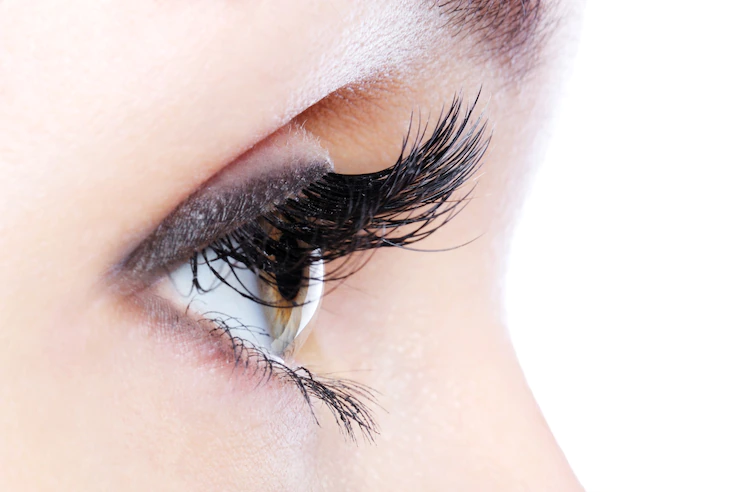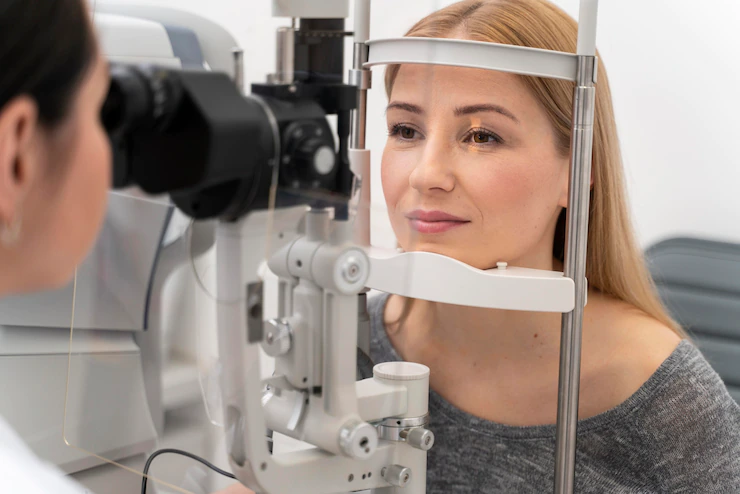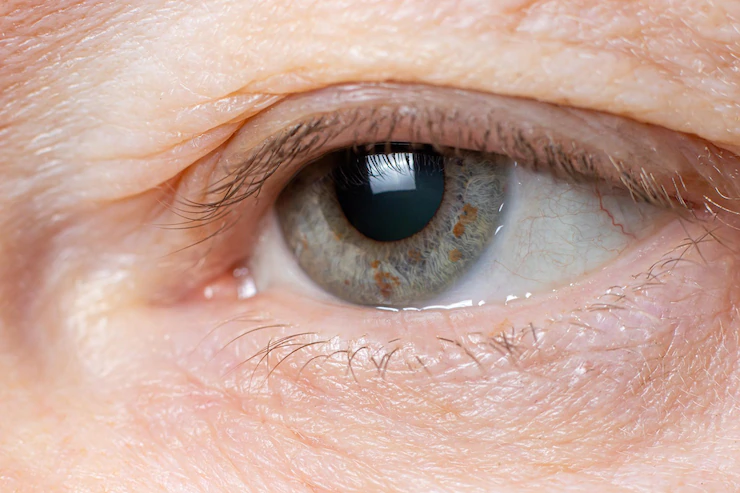The Different Types Of Ptosis
When you take a closer look in the mirror, are your eyes appearing sleepy? If your upper eyelids cover the pupil or sag a bit, it could be a sign of ptosis.
Also known as the drooping eye, ptosis is an eye condition known to make the upper eyelid droop. Depending on the severity, the condition may affect your field of vision. It can also affect you at any age.
Ptosis doesn’t usually pose a great risk to your health. However, if left untreated, droopy eyelids may impair your ability to do tasks such as driving. But, what are the different types of this condition?
Contents
Acquired Ptosis
When your upper eyelid structures can’t elevate the lid normally, you may develop acquired ptosis. The eyelid impairment may be caused by neurologic factors in the eye muscles and nerves. Acquired ptosis can be classified into aponeurotic, neurogenic, myogenic, traumatic, mechanical, and Congenital Ptosis as discussed below.
Let’s Checkout Six Different Types Of Ptosis:

1. Aponeurotic Ptosis
As the most common cause of ptosis among the elderly, aponeurotic ptosis is caused by stretching of the levator muscle in the eyelids. It may be worsened by hard contact lens wear, trauma, intraocular surgery, and chronic inflammation.
2. Neurogenic Ptosis
Neurogenic ptosis develops when the sympathetic or oculomotor nerve is damaged or dysfunctioned. It may become chronic due to infiltrative lesions or subarachnoid hemorrhage in the lids.
3. Myogenic Ptosis
With myogenic ptosis, a dysfunctional levator muscle prevents the eyelid from moving into the right position. It may be attributed to diseases such as congenital myopathies, myotonic dystrophy, and myasthenia gravis, among others.
4. Traumatic Ptosis
Traumatic ptosis results when the levator tendon suffers extensive trauma and becomes disinserted. It can worsen in your later years if left untreated.
5. Mechanical Ptosis
Mechanical ptosis develops if the eyelid gets too heavy to be elevated by the muscles. As the eyelid increases in weight, it may stretch the thin eyelid skin, causing drooping eyes.
6. Congenital Ptosis
It is common for ptosis to present at birth or within the first year of life as congenital ptosis. Unfortunately, children can’t outgrow ptosis. And if not diagnosed or treated on time, the child may suffer severe torticollis and amblyopia (lazy eye).
Congenital ptosis prevents the levator muscle from developing properly in the womb. As a result, the infant will be born with little or compromised muscle function.
Children with congenital ptosis tend to have limited superior field vision. For them to see properly, they may tilt their heads backward.
Eyelid lift surgery can help repair congenital ptosis in babies. If their vision isn’t affected, they can undergo surgery between the ages of 3 and 4 when they have grown a bit bigger. Surgery may be needed immediately to prevent the child from developing a lazy eye.
When to See a Doctor

Schedule an eye exam with an eye doctor if you notice drooping in one of your eyelids. Also, seek medical care if you experience difficulty blinking or closing the eye, tearing in the eye, eye fatigue, and trouble seeing along with the drooping eyelid.
During the appointment, your eye doctor will carefully evaluate your symptoms before deciding the right way to move forward. They may recommend treatment, monitoring, or prevention measures. For acquired ptosis, the doctor may prescribe Upneeq, which is the only prescription eye drop for low-lying lids with FDA approval.
You May Also Check: 4 Reasons Why Optometrists Need Consulting Services
Summing up
In a nutshell, acquired ptosis is a condition that makes the upper eyelids droop more than they should. It may present from birth or develop in your adult years due to problems with the nerves, eyelid muscles, or extra weight on the eyelids.
Without treatment, ptosis can block your vision by limiting the field of vision, interfering with day-to-day functions such as looking up without tilting your head back, computer use, driving, and reading.
Read Also:
- Top Natural Treatment For Black Eyes
- Dry Eye Mask: A Quick Guide To Dry Eye Therapy
- Symptoms of Nursing Home Abuse: What to Keep an Eye Out For



